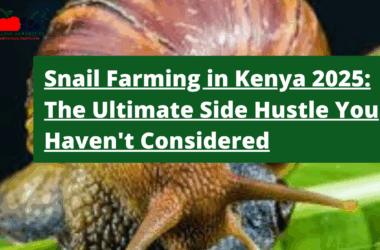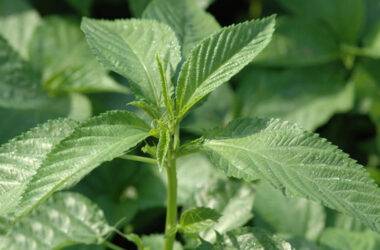When most people notice insects in their garden, their first instinct is typically to reach for insecticides. However, not all bugs are bad news. Actually, many insects play a significant role in maintaining a healthy and vibrant garden ecosystem. These beneficial insects can control pests, fertilize flowers, and even enhance soil quality. These are some beneficial insects that you should welcome into your garden.
1. Ladybirds.
Among the most often used beneficial insects are ladybirds, sometimes known as lady beetles. Although their true value lies in their diet, their bright red-and-black speckled look makes them easy to find. Aphids, scale insects, and other soft-bodied insects that can seriously damage your plants are the food of ladybird larvae and adults. A ladybird can consume up to 50 aphids every day!
To attract them, plant pollen-rich flowers such as marigolds, fennel, and dill. Avoid broad-spectrum pesticides, as they may harm ladybirds.
2. Bees
Without pollinators, no garden can flourish; bees are the champions of pollination. They enable plants to create fruits, vegetables, and seeds by moving pollen from one bloom to another. Although honeybees take center stage, native bees, such as mason bees and bumblebees, are equally vital.
How to draw them: Offer a range of flowering plants blooming all during the growing season. Add native plants; steer clear of hybrid flowers that might not be nectar-bearing. To help solitary bee species, you can also build bee homes.
3. Lacewing
Though their larvae are deadly predators, green lacewings appear delicate. Often known as “aphid lions,” lacewing larvae typically feast on aphids, mites, whiteflies, and small caterpillars. This makes them an essential resource for managing pest populations.
Plant yarrow, dill, and coriander to draw them in your garden. Avoid using exterior lights at night, as they may attract lacewings and cause confusion.
4. Ground beetles
Often disregarded are ground beetles since they hide themselves throughout the day under mulch or rocks. Still, these nighttime hunters are backyard supermen. They consume slugs, snails, cutworms and other pests that cause damage to plants.
How might one draw them in? Offer cover for ground like mulch, stones, or logs. Avoid excessive ground disturbance since it will disrupt their environment.
5. Hoverflies
Hoverflies are often confused with little bees or wasps because of their yellow and black coloring. They are deadly to plant pests but harmless to people. Although adults help to pollinate, hoverfly larvae eat aphids, thrips, and other soft-bodied insects.
Grow flat-topped flowers like yarrow, alyssum, and coriander to draw them in your garden. These allow adult hoverflies easy access to nectar and pollen.
6. Preying Mantis
The highest-ranking predators in the insect world are praying mantises. Their muscular forelegs and lightning-fast reflexes help them to catch and eat a wide variety of pests, including moths, grasshoppers, and caterpillars. Balance is important because they are not picky eaters and may target beneficial insects.

How to draw them? Design a varied garden featuring many different plant species. To welcome mantis eggs into your yard, think about buying a mantis egg case.
7. Spiders
Although they are not strictly considered insects, spiders deserve a place on this list. Most spiders are highly effective at reducing pest populations while remaining harmless to humans. Their webs catch flying insects, including mosquitoes, flies, and moths; therefore, they prevent pests in your garden.
How do I draw them? Avoid destroying webs and provide undisturbed areas mulched with tall grass or shrubs for cover.
8. Wasps
Unassuming heroes in the yard are these little wasps. On or inside nuisance insects, including caterpillars, whiteflies, and aphids, parasitic wasps deposit their eggs. The growing larvae subsequently eat the host, therefore lowering the numbers of pests.
Grow plants high in nectar, such as cosmos, parsley, and dill, to draw them in. Steer clear of toxic insecticides harmful to wasps.
Tips on Building a Bug-Friendly Garden
- Plant a diverse range of veggies, herbs, and flowers to draw different helpful insects.
- Avoid using chemicals, as many pesticides and herbicides can harm both beneficial insects and pests. Instead, opt for natural methods of pest management.
- Add water sources: Insects can remain hydrated by landing on a shallow dish of water featuring tiny stones.
- Create habitat for insects by including rocks, logs, and native plants.
By inviting these beneficial insects into your garden, you can create a better, more sustainable environment where your plants can flourish. Not only will you contribute to reducing the need for chemical treatments, but you will also get to witness the remarkable interactions of nature in action. Therefore, the next time you discover a bug, carefully examine it; it might be your garden’s newest companion!










